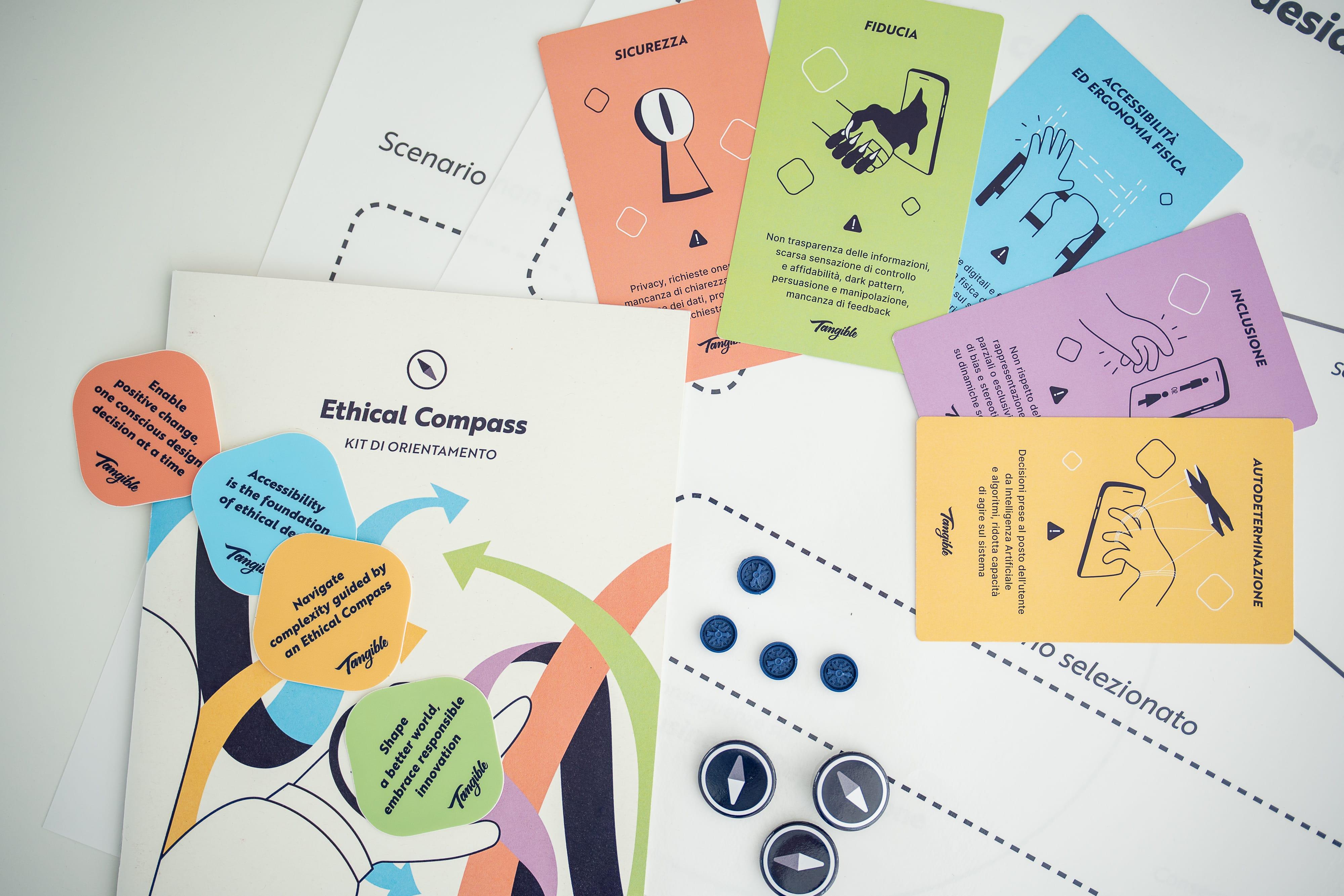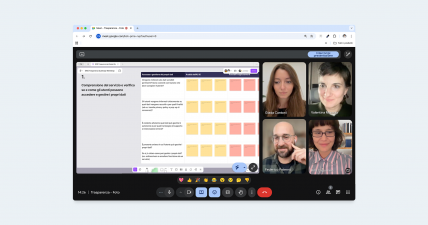Thinking
By Design: a proactive approach beyond the afterthought
Transforming privacy and ethics from secondary considerations to guiding principles: the concept of "by design" integrates these values from the outset of the design process, addressing regulatory challenges and creating value for the business while enhancing the user experience.

In recent years, the term "by design" has spread beyond our original discipline of design: Privacy by Design, Security by Design, Sustainability by Design, Accessibility by Design. This concept emphasizes the importance of incorporating these aspects from the earliest stages of a project, transforming them from an "afterthought" to core elements of the design process.
But what does "by design" really mean? It means moving certain issues from an afterthought to a central aspect of the design process. It is a change of perspective that emphasizes proactivity and acknowledges that preventing issues is often more effective and efficient than fixing them, and can even cost less for companies.
What are the implications of such an approach?
Assuming that issues such as privacy, security, sustainability and accessibility are fundamental, and that the design phase must address them all, how broad and multidisciplinary should this phase be? If it's true that most of the decisions that influence the outcome of the project are made at this stage, shouldn't it be considered of particular importance and sensitivity?
In many cases, however, design is seen as an afterthought, added after the main technological decisions have been made. This risks limiting the positive impact that design could have if it were integrated from the outset.
Each discipline - privacy, security, sustainability, accessibility - requires the involvement of domain experts. However, it is crucial that project teams, especially design teams, have the sensitivity to raise these issues, bring experts to the table, ask the right questions, and see the intersections between them.
A practical example
Consider a simple online registration form; its design can touch on many ethical and design issues:
- Privacy: What data do we actually collect? Are consents clear? Will it be used and stored responsibly?
- Security: How do we prevent security breaches? Are we validating data correctly? Are we protecting the system against potential attacks?
- Accessibility: Is the form screen reader compatible? Can it be completed using only the keyboard?
- Inclusion: Do we offer gender options that respect all identities? Is the language inclusive?
This example shows how even a simple digital interaction requires multiple skills and deep reflection to ensure that all relevant issues are adequately addressed.
Ethics by Design: our approach
This kind of cross-cutting reflection is at the heart of our Ethical Compass, a model that explores five fundamental dimensions for ethical innovation: Accessibility and Ergonomics, Safety, Inclusion, Trust and Agency. These five dimensions include questions that touch on privacy, security, accessibility and more, encouraging critical thinking and helping to reduce "blind spots" in the decision-making process.
Our compass serves as both a training tool and a guide for raising questions, engaging subject matter experts and broadening the discussion, bringing issues to the beginning of the project so that they can be influenced rather than dealt with reactively.
Why we talk about ethics
The word 'ethics' can evoke moral judgements, but for us it is at the heart of a proactive approach to design. We believe it is essential to shift the focus from mere compliance to ethics embedded in the corporate culture. This shift in perspective allows us to create solutions that not only comply with the law, but also reflect our values and create long-term value for the company, customers and society.
By integrating ethics into design, we not only uphold moral principles, but also create products that better meet users' needs and values, enhancing their experience and satisfaction.
We design with privacy in mind because it is a value and because it protects us as users of the system, not just for compliance. Similarly, we focus on accessibility not just to avoid penalties, but to improve everyone's experience and strengthen the business.
We have also discussed the ethical compass and ethics by design in Privacy Week, the newsletter of Privacy Network, with whom we are delighted to be working to advance the debate on issues such as digital transparency and how ethics can be the common thread linking innovation and responsibility.
In the editorial published a few weeks ago, we also made this clear:
Beyond the model, we want to emphasise the importance of a broader and clearer approach to the design phase that considers privacy, security, sustainability and accessibility from the outset. The model is useful as a starting point and a stimulus until it becomes the usual way of thinking and the standard methodology for approaching every project.
In conclusion, an ethical by design approach has cascading benefits:
- Business: Improves reputation and strengthens brand trust, facilitating long-term customer relationships.
- Compliance: Facilitates regulatory compliance, reducing legal and regulatory risk.
- Performance: Optimises user experience, making services more accessible and functional for everyone.
- Innovation: Encourages creative solutions that balance ethics and responsibility, making projects more sustainable.
This approach allows us to integrate ethics and responsibility at every stage of the project, ensuring solutions that balance innovation and ethical values.

Working together for responsible design
This is the change we are embracing at Tangible and we invite clients, partners and the wider practice community to join us on this journey. We firmly believe that ethics should guide design decisions, going beyond mere compliance to create a positive impact from the earliest stages of design.
Let's think about how to integrate ethical principles into our daily work, involve experts and stakeholders from the beginning of projects, and share our experiences and challenges to build a common community of practice. Together, we can build a future where ethics is at the heart of innovation, creating solutions that benefit not only businesses but society as a whole.
If you are interested in learning more about our approach or collaborating with us, do not hesitate to contact us or read the article dedicated to the masterclass with Trine Falbe, where we explore tools and methods to integrate ethics into innovation processes.


